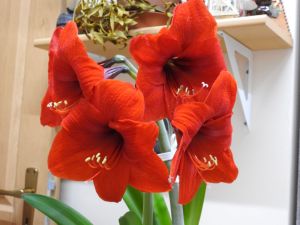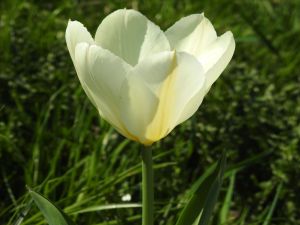I normally do not like to watch sports, but I liked this very much. Somehow these fencing matches look interesting and much more real than modern fencing or over-choreographed Star Wars jumping matches.
In the very first minute is a moment of two opponents sizing each other up, both deciding to wait for the other to strike. The tension in there is very intense, palpable even through the screen.
Very interesting is also the match that starts at 12:47 between a very diminutive woman and a huge bulky man. Lesson to be learned here is unfortunately that in these competitions size does matter – to my amateurish eyes she does not seem any less skilled than he does, but she just does not get within striking distance before he does. Longer hands mean longer reach and longer reach means huge advantage. So everything else being equal, the bigger guy wins. I certainly hope she did not feel discouraged. I am not fan of competitions for this very reason – it is not only a test of skill, there is always a lot of variables outside of anyone’s control that can affect the outcome.
And the most memorable point is that in the last match a sword breaks (32:39). What is interesting about this is that it does not break at the striking point, but just near the handle, at the strongest part. Given that this sword was made from modern steel with modern technology one has to wonder how often did swords break in the past?






























